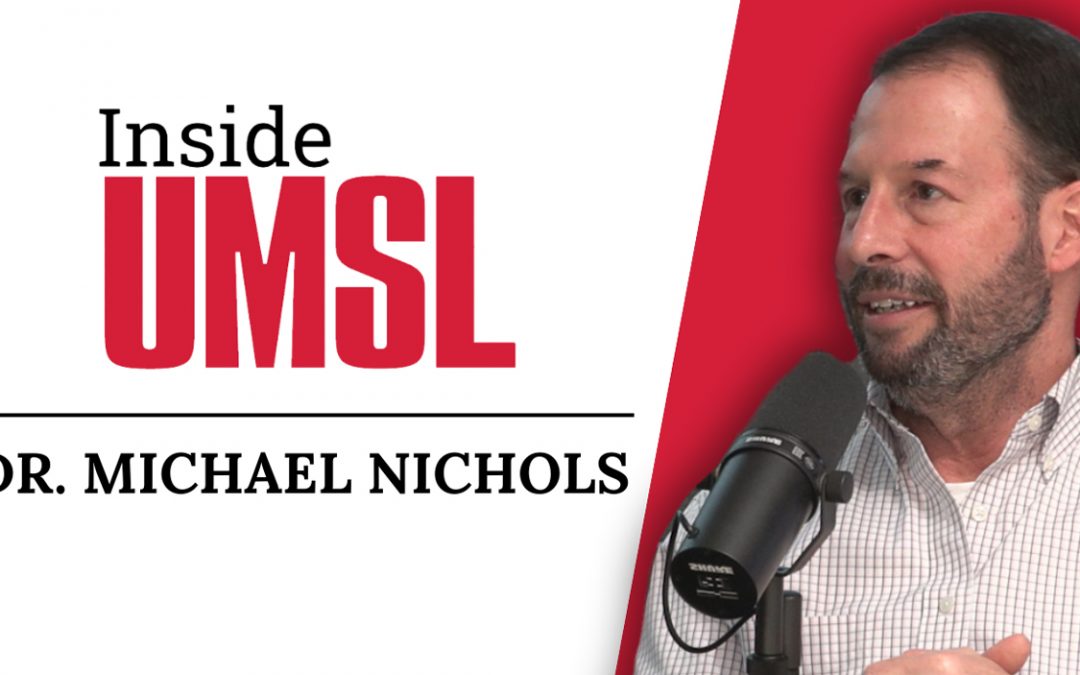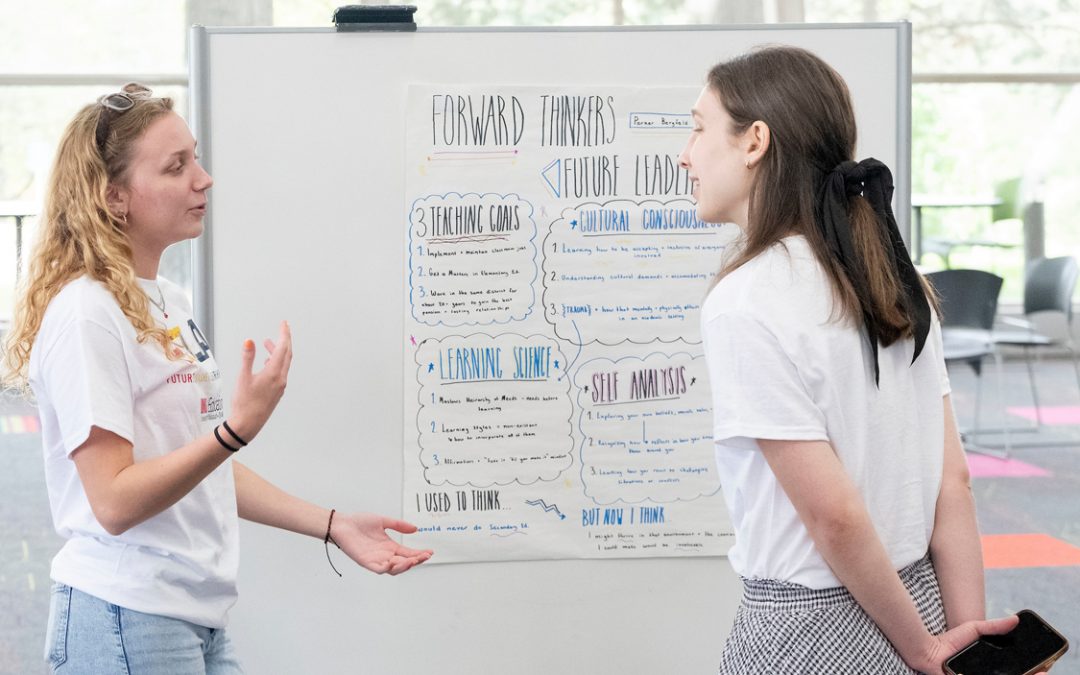A University of Missouri–St. Louis political scientist and an alumna have recently released a major study of tax increment financing in Missouri. Research by Kenneth P. Thomas, associate professor of political science at UMSL, and Susan Mason, associate professor of public policy & administration and political science at Boise State University in Idaho and UMSL alumna (PhD political science 2004 and MPPA 1999), was published in the May issue of the journal Economic Development Quarterly. For the project, which is the first quantitative look at TIF use in Missouri, they surveyed 171 cities with populations of 2,500 or greater to determine the factors that led to TIF adoption and use.
After excluding St. Louis City and Kansas City from the statistical analysis due to their much greater size and TIF use, Mason and Thomas found that 56 percent of all cities with more than 2,500 people have adopted at least one TIF project. Averaged across adopters and non-adopters, the average number of TIFs per city was 1.24. For TIF adopters only, the average number of TIFs was 2.21. For the 57 cities that reported their value, the average total of TIF subsidies was $29.8 million. Forty-two percent of cities reported adopting a TIF they classified as “primarily retail,” with an average across all respondent cities of 0.73 retail TIFs, an average of 1.74 retail TIFs in cities that used them, and an average total of $22.6 million in retail TIF subsidies given in the 48 cities that reported their value.
In their research, Thomas and Mason found there is strong competition for investment among Missouri cities. Cities adjacent to another TIF user were more than two and a half times more likely to have adopted a TIF, and three times as likely to adopt a retail TIF.
“This supports previous findings of both U.S. and international studies,” Thomas said. “A second major issue, given the stated goal of TIF in fighting blight, is that the higher a city’s poverty rate, the less likely it is to adopt a TIF. This may suggest that the law be amended to target TIFs to locations that meet objective measures of economic disadvantage, such as poverty, income or unemployment.
“As it stands, rich cities are getting richer by using TIFs,” he added. “This is especially true when we consider a third main finding of the study, that cities among the first to adopt TIF – from 1987 to 1992 – approved 3.62 more TIF projects than cities that were not early adopters. As you can see from the average city’s 1.24 TIFs, that is a big effect.”
More information:
http://www.umsl.edu/~polisci/faculty/profiles.html#thomas
http://edq.sagepub.com/cgi/content/abstract/24/2/169















